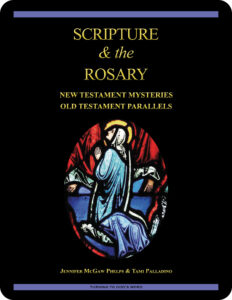parthenos
 One essential characteristic of the story of Jesus’ birth is that Mary was a virgin. In reading the account from the Gospel According to Luke, this truth becomes apparent, though there is on occasion some debate based on confusion about parthenos, the Greek word that’s translated as “virgin.”
One essential characteristic of the story of Jesus’ birth is that Mary was a virgin. In reading the account from the Gospel According to Luke, this truth becomes apparent, though there is on occasion some debate based on confusion about parthenos, the Greek word that’s translated as “virgin.”
Opponents of the virgin birth tend to base their arguments upon the definition of the Greek word παρθένος (parthenos), which is the word typically translated in the Gospel narratives as “virgin.” This word, as they point out, only has a secondary meaning of “virgin.” Its primary meaning is simply a young woman. In fact, in Greek literature, there are numerous uses of this word going all the way back to Homer to refer to young women who decidedly are not virgins. The possible meaning “virgin” develops because young women were assumed to be chaste, but chastity is not an essential characteristic of this concept. As a result, the use of parthenos to refer to Mary is not alone sufficient evidence for textual support of the virgin birth.
A much stronger case can be made on the basis of the Gospel According to Luke 1:34 (NABRE): “But Mary said to the angel, ‘How can this be, since I have no relations with a man?'” With this passage, the ambiguous context of parthenos becomes apparent in Mary’s case. She makes a clear claim to having been chaste prior to the conception of Jesus—a claim that does not rely on the use of an ambiguous word—and thus we hold as dogma that the birth of our Lord was in fact a virgin birth.
related topics: Ascension; Assumption; favor with God; grace; magnify
you also may like our study of Scripture & the Rosary (digital only)
 Scripture & the Rosary: New Testament Mysteries, Old Testament Parallels, a 26-lesson Catholic Bible study with an imprimatur, looks at the biblical foundations of the Rosary. The study includes lessons on Pope St. John Paul II’s Rosarium Virginis Mariae (Rosary of the Virgin Mary), the Apostles’ Creed, and the Luminous Mysteries as well as the original 15 Mysteries of the Rosary. Color photographs of stained glass windows depict key scenes in the lives of Jesus and Mary. Free digital lessons rotate throughout the year on our website.
Scripture & the Rosary: New Testament Mysteries, Old Testament Parallels, a 26-lesson Catholic Bible study with an imprimatur, looks at the biblical foundations of the Rosary. The study includes lessons on Pope St. John Paul II’s Rosarium Virginis Mariae (Rosary of the Virgin Mary), the Apostles’ Creed, and the Luminous Mysteries as well as the original 15 Mysteries of the Rosary. Color photographs of stained glass windows depict key scenes in the lives of Jesus and Mary. Free digital lessons rotate throughout the year on our website.
 Click on the picture of the statue of Moses with horns (above) to learn more about Lost in Translation. A new entry is archived each Monday. Contact us to receive Lost in Translation by email every week. You may use any of the contact links on our website to ask Matthew a question
Click on the picture of the statue of Moses with horns (above) to learn more about Lost in Translation. A new entry is archived each Monday. Contact us to receive Lost in Translation by email every week. You may use any of the contact links on our website to ask Matthew a question

Leave a Reply
You must be logged in to post a comment.